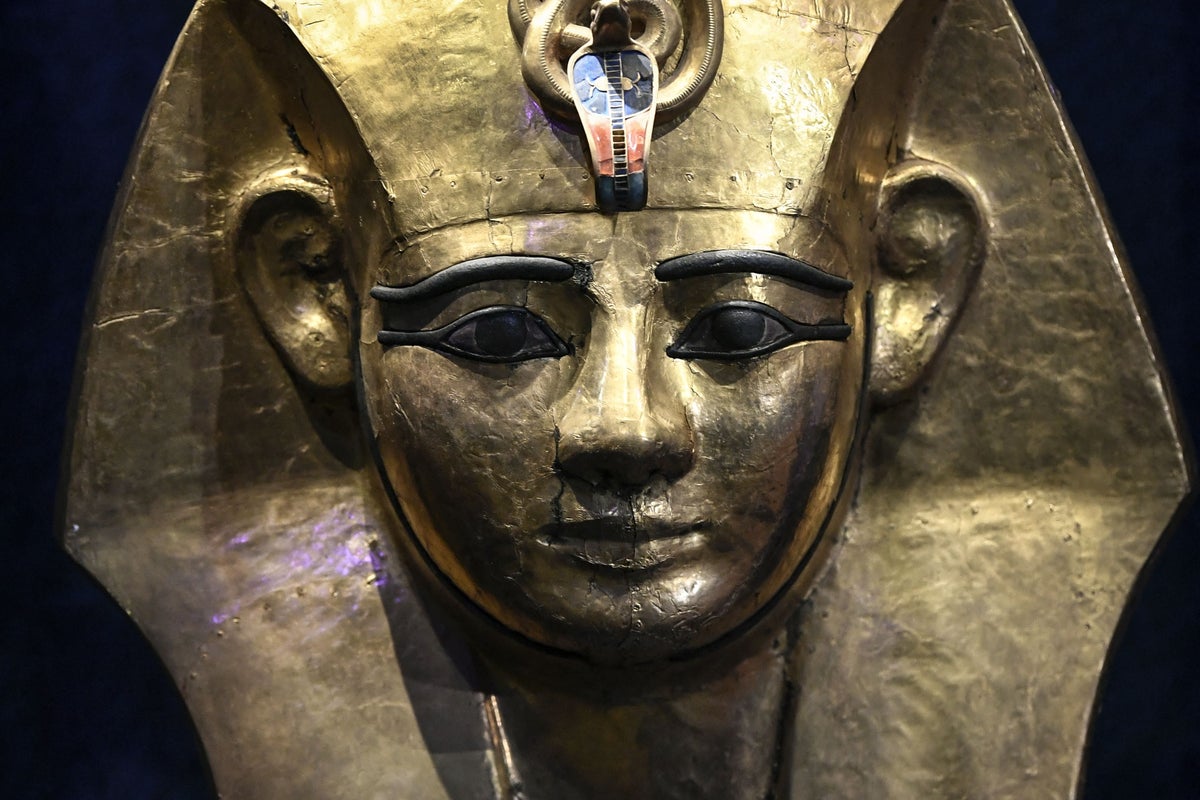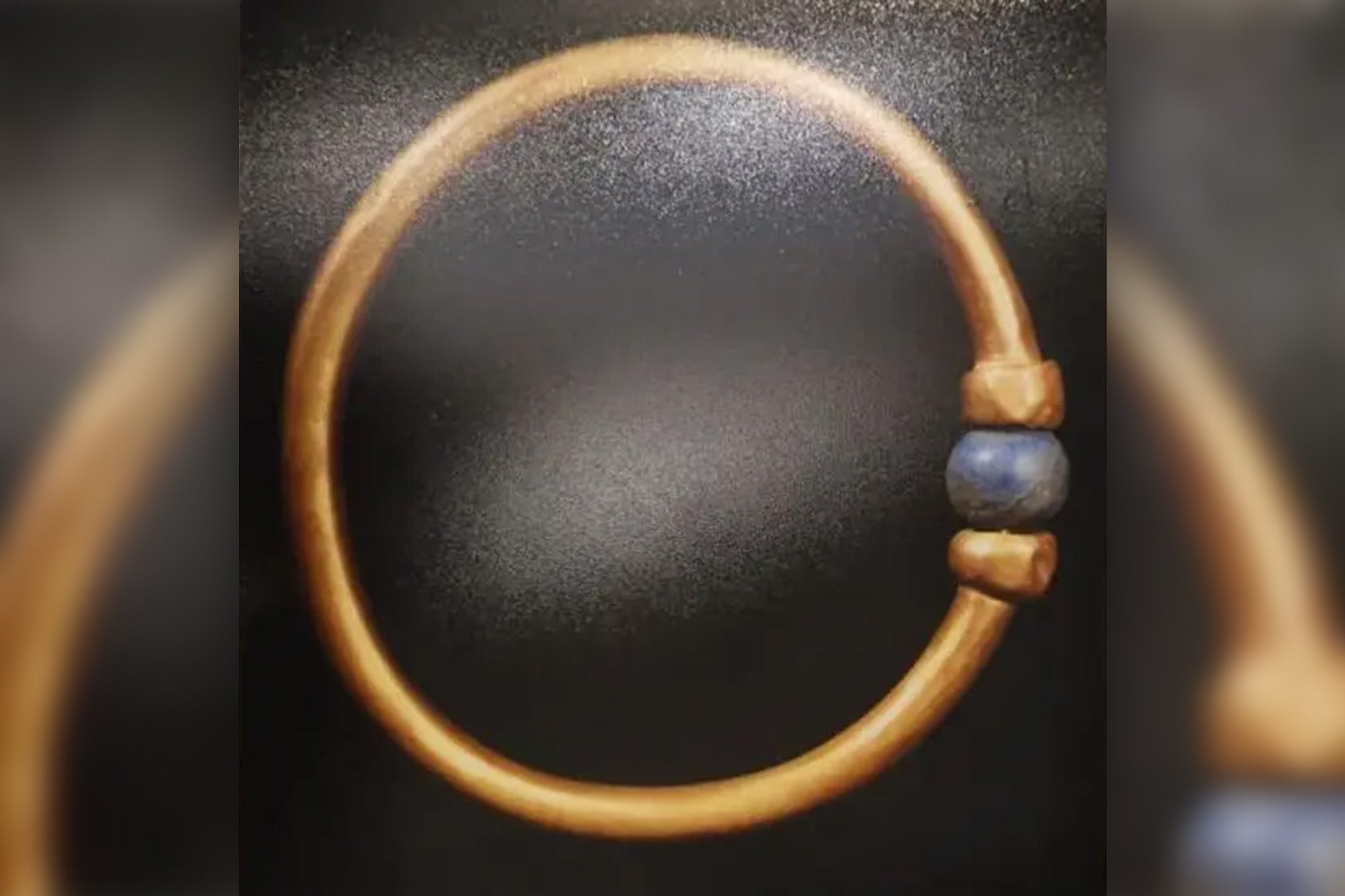
A 3,000-year-old gold bracelet, reported missing from an Egyptian museum this month, was stolen and melted down, the country's Interior Ministry confirmed on Thursday.
The Antiquities and Tourism Ministry had initially announced the loss of the artefact, which belonged to King Amenemope of the Third Intermediate Period, who ruled Egypt around 1,000 BC.
Adorned with spherical lapis lazuli beads, the piece vanished from a conservation laboratory safe on 9 September.
The incident was discovered as staff prepared artefacts for an exhibition in Rome next month.
The disappearance, reported by Egyptian newspaper Al-Misri al-Yawm, came to light while dozens of items were being readied for shipment. The Cairo institution, the Middle East's oldest archaeological museum, holds over 170,000 artefacts, including Amenemope's gilded wooden funerary mask.
This loss occurs just six weeks before the Grand Egyptian Museum opens in nearby Giza, set to display the world-renowned treasures of King Tutankhamun's tomb.
Following the theft, a special committee was set up to review artefacts in the laboratory, and images of the missing bracelet were circulated to antiquities units at Egypt's airports, seaports and land border crossings, fearing it would be smuggled abroad.

Yet, the Interior Ministry tracked down the theft to a museum restoration specialist who took the artefact and sold it to a silver trader, who passed it on to a workshop owner in Cairo's historic jewellery district. The workshop owner then sold it to a gold smelter, who recast the metal with other items.
The ministry said suspects were arrested and proceeds from the sale, valued at about 194,000 Egyptian pounds ($4,000), were seized.
The incident comes weeks before the planned November opening of the Grand Egyptian Museum near the Giza Pyramids, a showcase of the country's ancient heritage that is a key draw for tourism, a vital source of foreign currency for Egypt.







